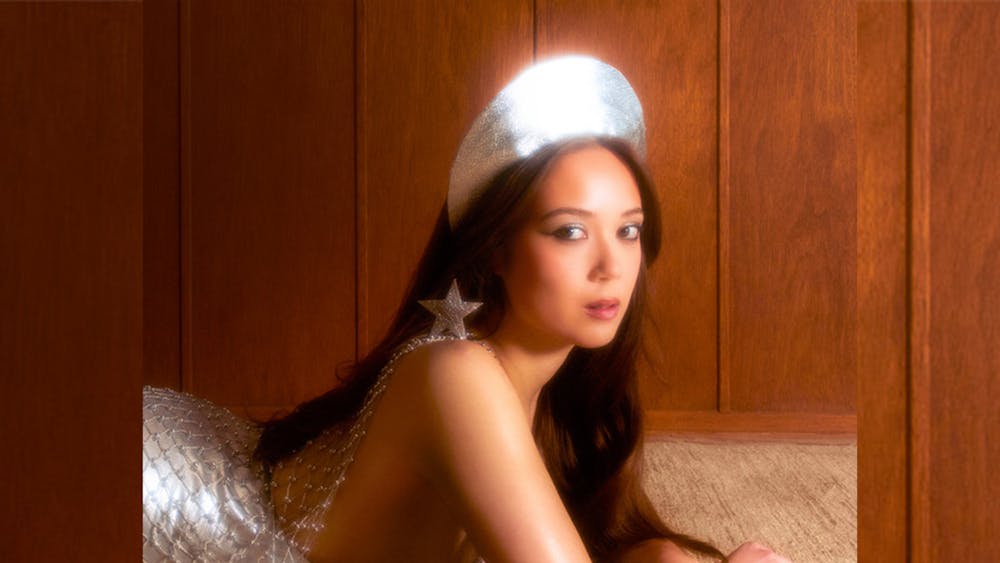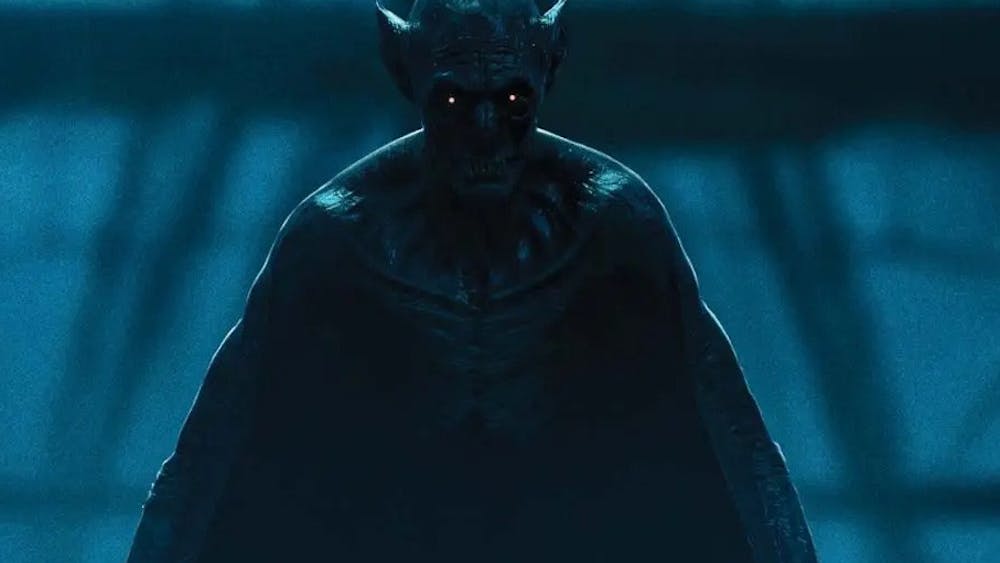When most people think of Spanish music, the first things that pop into their minds are guitars and castanets. There is a genre however that takes Spanish music out of the saloons and puts it into the cathedrals. It is the music of the Spanish Renaissance. The odd thing about it is that although the music was written by Spaniards for a Spanish audience, not much is distinctly Spanish about it. The instruments are not uniquely Spanish; the words are in Latin and the composers studied in Italy. But its lack of Spanish flavor also made a unique and unexpected impression of the music by flying in the face of common assumptions about Spanish music. It still was an enjoyable experience.\nOn Wednesday in Auer Hall the Pro Arte singers, conducted by John Poole, performed pieces by several Spanish Renaissance composers. Accompanying them was an orchestra of obsolete instruments like the viols, shawm, theorbo, curtal and sackbut, as well as an occasional organ. The orchestra was small because the true focus of the concert was on the singers, whose voices overpowered the listener with their sheer power and harmonic beauty. All the works performed were entirely religious, so there was an additional element of grandeur in the pieces as well. It was incredibly easy for listeners to picture themselves in an immense cathedral in Spain surrounded by the ceremonies of the Mass. It was also easy to see why such music was intended for religious purposes: It uplifts.\nIn addition to being a wonderful and new listening experience, the program was also educational. A little background was provided about the men who wrote the phenomenal religious works. One prominent composer on the program was Francisco Guerrero (1528-1599), whose works included the "Magnificat" and the "Ave Maria" prayers as well as the songs "Ave Virgo Sanctissima" and "Duo Seraphim." Guerrero was probably one of the greatest Spanish composers of the 16th century. He studied in Venice and Rome and for almost forty years was maestro di capella at the Seville Cathedral, one of the most important churches in Spain. It was there that he was in charge of composing works for both chorus only and chorus accompanied by orchestra (as were heard here).\nWorks by Tomás Luís de Victoria (1549-1611) featured on the program were another version of the "Ave Maria" and the song "Quem vidistis, pastores?" After studying in Rome under Palestrina, Victoria returned to Spain in 1587 to become chaplain for Queen Maria, for whom he wrote 20 Masses and 44 motets. Victoria was extremely popular in his time, due in large part to his unique style of composing which emphasizes individual words in the text and their expression.\nAnother feature composer was Cristobal Morales (1500-1553), who was one of the foremost composers of his time. Not only was he famous throughout Europe, but his music was also heard in Mexico and Angola. Only one work by him was performed Wednesday: "Sancta et immacula virginitas."\nA fourth and obscure composer on the program was Sebastián de Vivanco (1551-1622), who was heavily influenced by Italian music. The only work by him on the program was "Christus factus est pro nobis," a song about the Crucifixion.\nAlthough a heavy amount of choral pieces were featured, there were two instrumental interludes. The first was the viols playing Morales's "Sancta et immacula virginitas" and the second was the curtals playing "Canzona due bassi" by Bartolomeo de Selma y Salaverde. The viol is similar to a cello and the curtal is bassoon-shaped, but sounds something like a tenor saxophone. It was extremely intriguing to hear what these antique instruments could do on their own, and the results were rather impressive. The viols were beautiful indeed, but definitely did not supersede the unfamiliar and curious curtal duet, which was accompanied by the organ. Although these two pieces were relatively short, they both gave a unique peek at music from five centuries ago that still fell pleasantly upon the ears.\nThe entire concert was an extremely unique experience. A fascinating new world of Spanish Renaissance music was unfolded in tones and melodies before an audience. It was another interesting and insightful concert by IU's fantastic Early Music Institute.
Sounds from Old Spain
Get stories like this in your inbox
Subscribe





